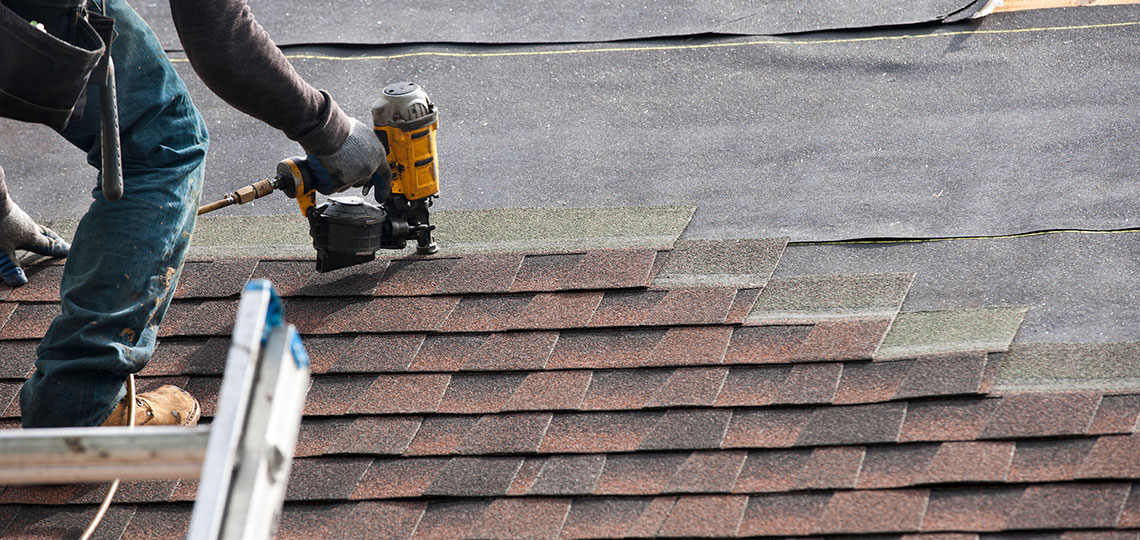Comparing Prices Among Roofing Companies in Gainesville Florida
Comparing Prices Among Roofing Companies in Gainesville Florida
Blog Article
Best Practices for Ensuring Correct Roof Air Flow
Making sure appropriate roofing air flow is essential for the long life and efficiency of a roof. A well balanced intake and exhaust air vent ratio, commonly 1:300, plays a crucial role, with consumption vents ideally placed at the lower side of the roofing system for great air access and exhaust vents at the top for cozy air exit. Normal evaluations to recognize blockages and keep clear air flow are extremely important. Maintaining insulation away from vents is critical to stop airflow limitation. Recognizing these foundational aspects establishes the stage for even more thorough understandings into installment and maintenance practices that can dramatically enhance your roof's performance.
Understand Air Flow Basics
Correctly understanding ventilation fundamentals is necessary for making sure the long life and efficiency of roofing systems. Effective ventilation reduces dampness buildup and temperature level extremes in the attic, both of which can bring about significant structural damage gradually. A well-ventilated roofing assists in protecting against typical issues such as mold development, wood rot, and ice dams, which can endanger the integrity of the roof materials and the underlying structures.
The key objective of air flow is to assist in the activity of air, enabling a constant exchange between the outdoor and interior settings. This equilibrium is achieved through a combination of intake and exhaust vents that interact to maintain optimal air flow. Intake vents, normally located along the eaves or soffits, permit fresh air to go into the attic room, while exhaust vents, often positioned at or near the roofing ridge, allow hot, humid air to get away.
Secret elements influencing the performance of roof covering ventilation consist of proper positioning, appropriate sizing, and making certain that both intake and exhaust vents are unhampered. Routine assessment and upkeep are vital to identify possible blockages, damages, or ineffectiveness in the air flow system, thus safeguarding the roofing's efficiency and toughness.
Sorts Of Roof Vents
Roof vents play a vital duty in keeping effective attic ventilation and, by extension, the overall health of the roofing system. Different kinds of roof vents are offered, each with special benefits tailored to particular roof covering demands.

Soffit vents are installed under the eaves and operate in tandem with roofing system vents to make sure a balanced intake and exhaust system. By permitting cooler air to get in from below, soffit vents promote the expulsion of hot air with top vents. Gable vents, located on the outside walls of the attic, offer an additional effective service, particularly in homes with saddleback roofs.
Evaluate Your Present Air Flow

Following, consider the age and condition of your roof materials and air flow components. Older systems may not conform with present building ordinance or might have deteriorated with time, minimizing their effectiveness. Conduct a detailed assessment to identify any kind of indications of wear and tear, such as corrosion, damage, or gaps that could endanger the system's performance.
In addition, determine the attic room temperature level and humidity levels. High temperatures and moisture can suggest insufficient air Read Full Article flow.
Installment Best Practices
Effective setup of roof air flow systems is critical for making certain optimum efficiency and longevity. Appropriate installment begins with recognizing the specific ventilation requirements of the building and the roofing it covers. This includes determining the right proportion of consumption to wear down vents, generally adhering to the 1:300 policy, which states one square foot of ventilation for each 300 square feet of attic floor space.

Intake vents need to be installed at the roof covering's reduced side, usually in the soffits, to permit trendy air to go into. Exhaust vents, on the various other hand, ought to be mounted near or at the roof covering's optimal to promote the exit next of warm, wet air.
Seal all air vent links meticulously to avoid air leakages and potential water seepage. Usage high-grade materials and comply with supplier guidelines to ensure longevity and effectiveness. In addition, incorporating ridge vents with baffles can dramatically enhance air flow efficiency by protecting against wind-driven rain and snow from going into the attic.
Inevitably, accurate installment of roof covering air flow systems minimizes potential problems such as mold growth, ice dams, and structural damages, making sure the roof's integrity and the structure's total health.
Regular Maintenance Tips
Uniformity in upkeep methods is basic to making certain the lasting effectiveness of roof air flow systems. During these assessments, guarantee that vents are free of particles, nests, and various other obstructions that could impede air movement.
Make use of a soft brush or a vacuum cleaner to eliminate dirt and particles from consumption and exhaust vents. Be cautious not to damage the air vent displays or louvers throughout the process.
Correct insulation is equally crucial. Guarantee that attic insulation does not block the vents, as this can drastically restrict air movement. Reposition or change it to maintain an efficient barrier. if any type of insulation has actually shifted or settled.
Last but not least, replace any type of harmed or missing out on elements promptly. Damaged vents, broken shingles, or deteriorated blinking can all contribute to insufficient air flow and must be attended to immediately. Normal upkeep ensures that the roof air flow system works ideally, thereby expanding the life-span of the roofing system itself.
Verdict
Ensuring appropriate roof covering air flow is vital for preserving the efficiency and toughness of a roof system. Adherence to the 1:300 intake and exhaust vent proportion, coupled with the critical positioning of vents, is vital. Regular biannual inspections, particles cleaning, and guaranteeing insulation does not block airflow are critical techniques. Executing these ideal practices will certainly check out here promote a well-ventilated roofing system, therefore mitigating prospective issues connected to moisture accumulation and extreme heat, inevitably prolonging the roofing's life-span.
A well balanced intake and exhaust air vent proportion, commonly 1:300, plays a critical duty, with intake vents ideally placed at the lower side of the roof for trendy air entrance and exhaust vents at the height for cozy air exit. Intake vents, normally situated along the eaves or soffits, enable fresh air to get in the attic room, while exhaust vents, often located at or near the roofing ridge, allow warm, moist air to escape.
Soffit vents are installed under the eaves and work in tandem with roof vents to guarantee a well balanced consumption and exhaust system. By permitting cooler air to go into from below, soffit vents promote the expulsion of hot air with upper vents. Adherence to the 1:300 consumption and exhaust air vent proportion, paired with the strategic placement of vents, is essential.
Report this page